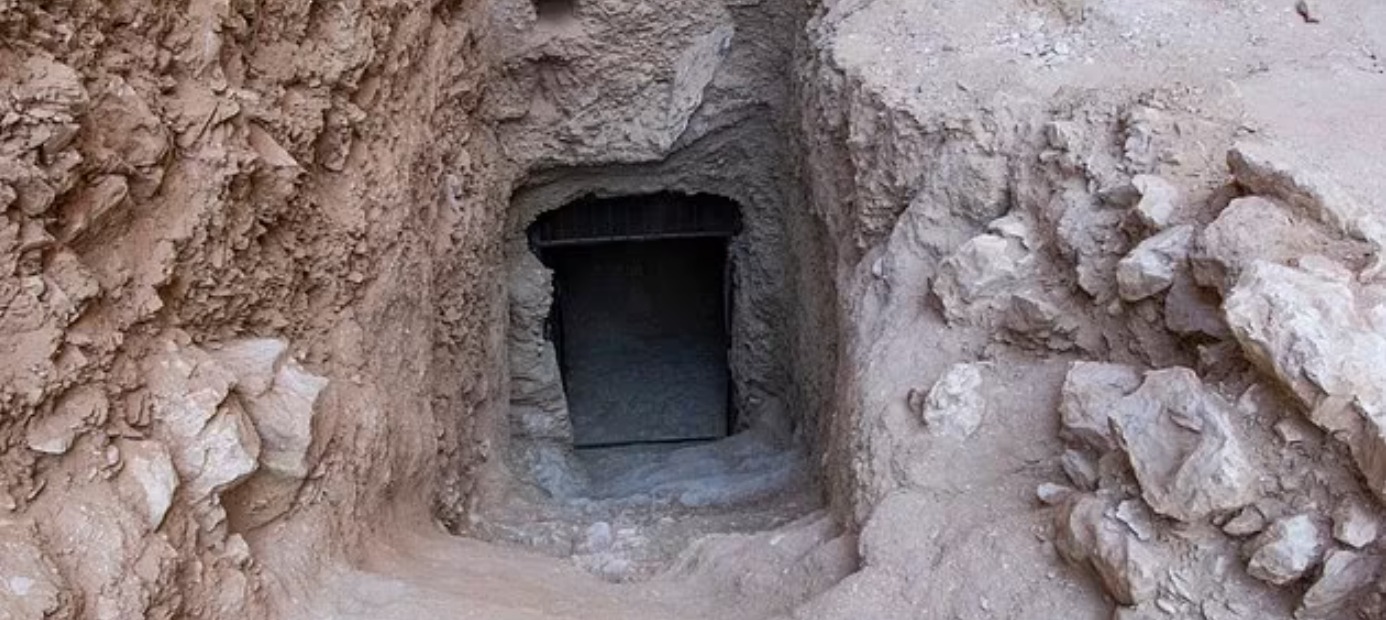
More than a century after the discovery of King Tut's tomb, British Egyptologists have made another significant discovery - the long-lost burial site of Pharaoh Thutmose II, a ruler of Egypt's 18th Dynasty who lived nearly 3,500 years ago.
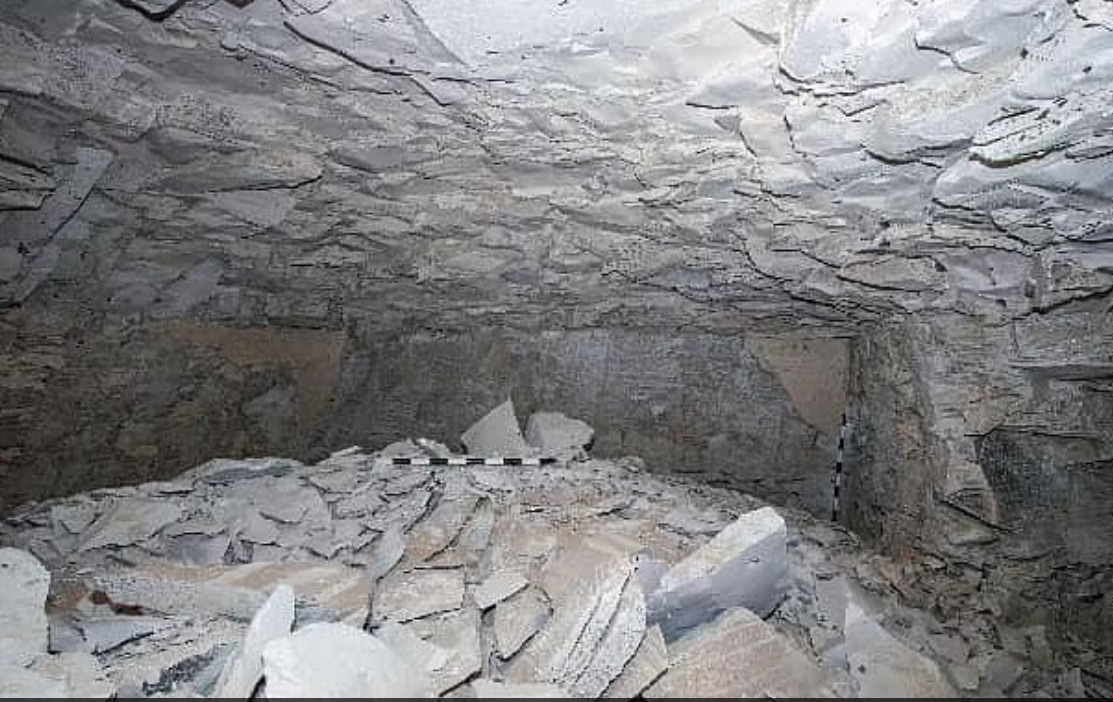
The tomb, identified as "C4," was found approximately 2.4 kilometers west of the Valley of the Kings in Luxor.
The Egyptian Ministry of Tourism and Antiquities officially confirmed the discovery, thus bringing an end to the long-standing mystery regarding Thutmose II's burial site.
For centuries, researchers thought his tomb was situated near the Valley of the Kings. Nevertheless, a group led by Professor Piers Litherland from the University of Cambridge discovered it in an area previously linked with the burial sites of royal women.
According to the BBC on Thursday, the entrance to the tomb was first identified in 2022, but thorough excavation was necessary before experts could confirm that it belonged to Thutmose II. Professor Litherland, who has dedicated more than a decade to exploring the Valley of the Kings, discovered a staircase carved into the rock at the base of a cliff, leading to a magnificent descending corridor.
The team first believed they had discovered the burial site of a queen.
However, the spacious entrance and grand staircase hinted at something much more substantial. The room was cluttered with sand and limestone rubble from ancient floods, hindering access to the burial site. After thorough excavation, they finally gained access to the burial chamber.
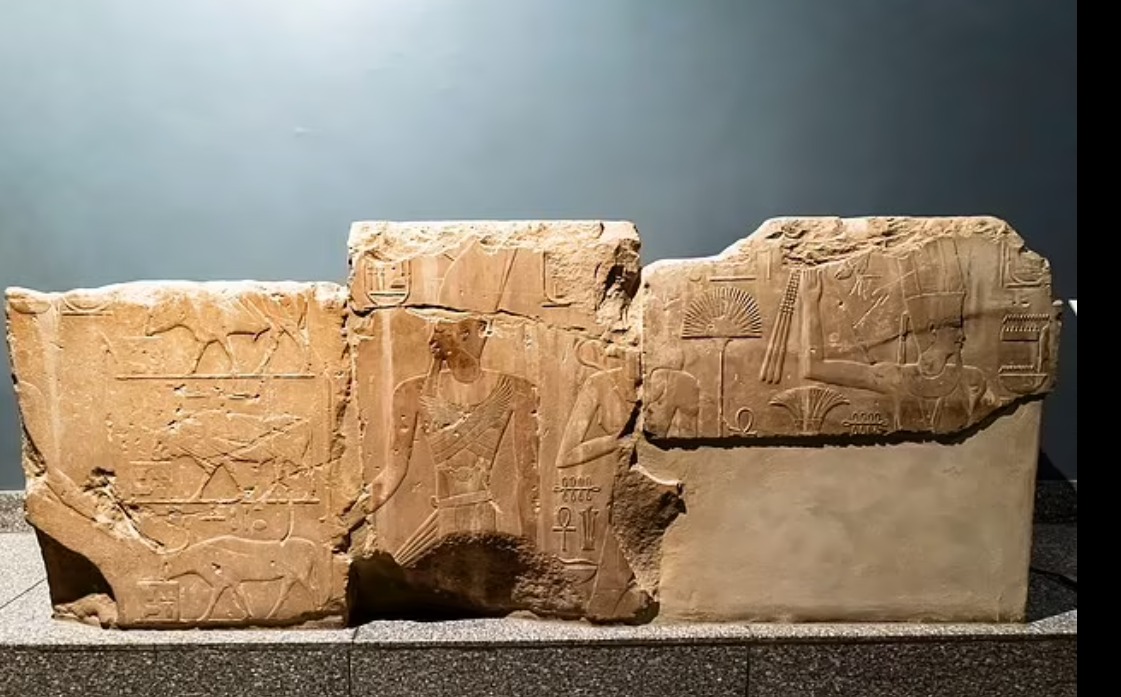
They discovered an interior with a ceiling painted blue and adorned with yellow stars, a design typically reserved for pharaohs. The walls featured scenes from the Amduat, an ancient text holding spiritual significance, intended primarily for the use of kings.
Furthermore, fragments of alabaster containers featured inscriptions confirming Thutmose II as the deceased king, as well as the name of his wife, Hatshepsut.
Unlike the well-known tomb of King Tutankhamun, Thutmose II's chamber held no treasures or mummified remains. Specialists think that flooding led the ancient Egyptians to move the pharaoh's body to the Deir el-Bahri storage, where it was found in the 19th century in a poor state - his remains were damaged, and his right arm had been severed.
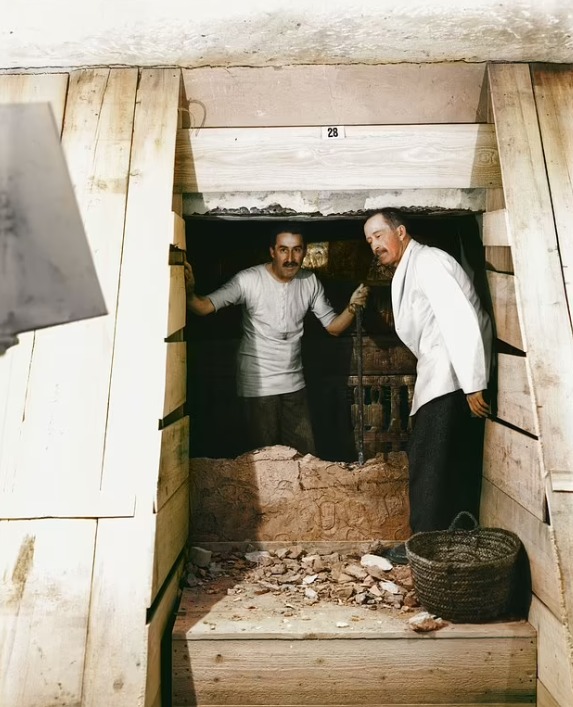
However, recent research has raised questions about the identity of the mummy. The remains are estimated to belong to a man over 30 years old, yet it is believed that Thutmose II passed away before reaching the age of 30.
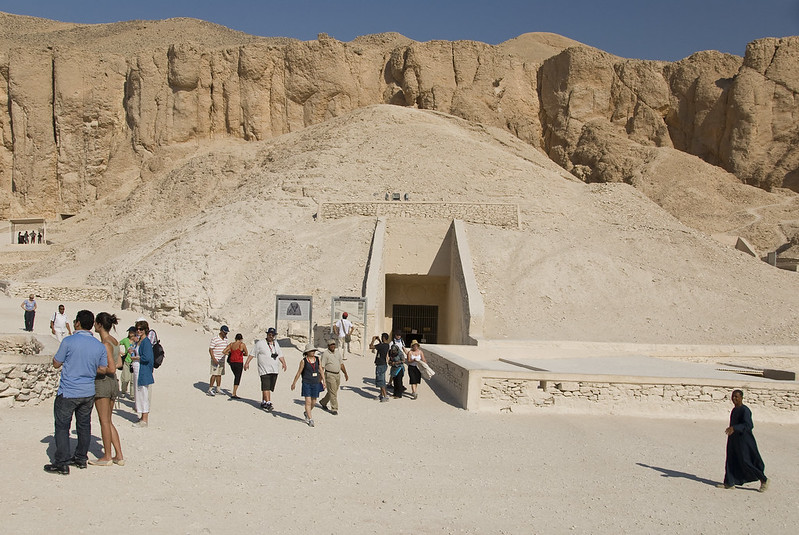
Scholars believe he may have fallen prey to an illness, as his embalmed remains displayed symptoms of a disease that the mummification process could not conceal.
Thutmose II either ruled Egypt for 13 years (1493–1479 BCE) or as little as three years (1482–1479 BCE), depending on historical estimates. He was a member of Egypt's 18th Dynasty, a period often considered the peak of Ancient Egyptian civilization. This dynasty, spanning over 200 years (circa 1539–1292 BCE), produced notable figures such as Hatshepsut, Amenhotep I, and Tutankhamun.
I'm happy to help, but I don't see any text provided. Please provide the text you'd like me to paraphrase, and I'll get started. Syndigate.info ).